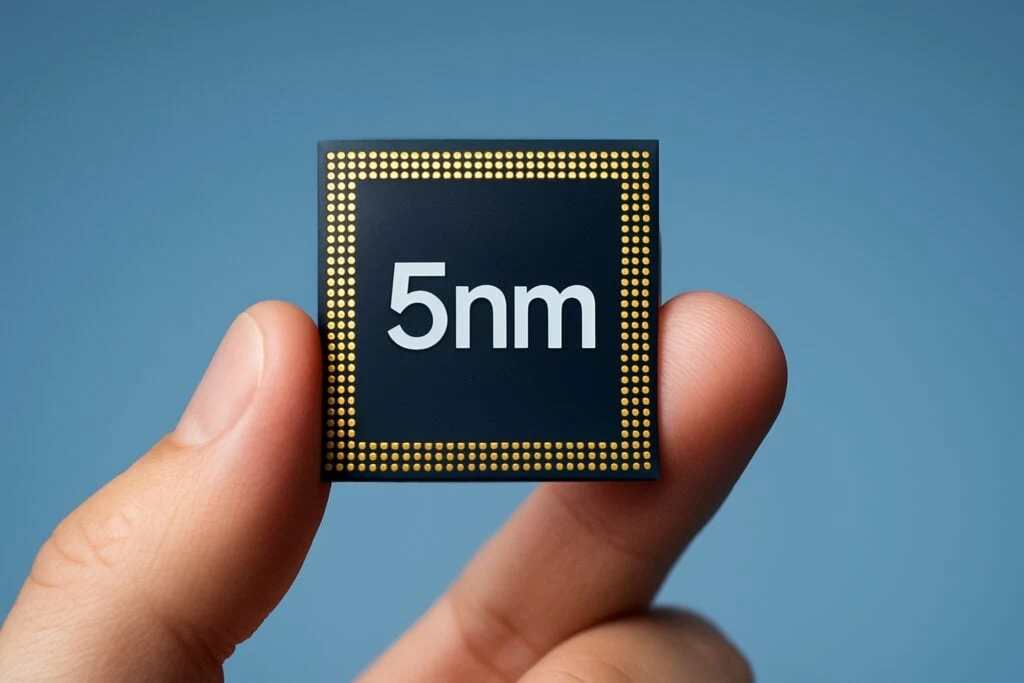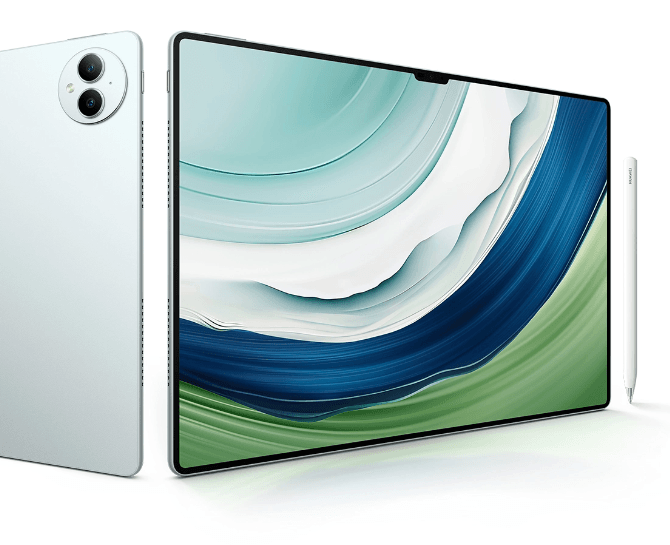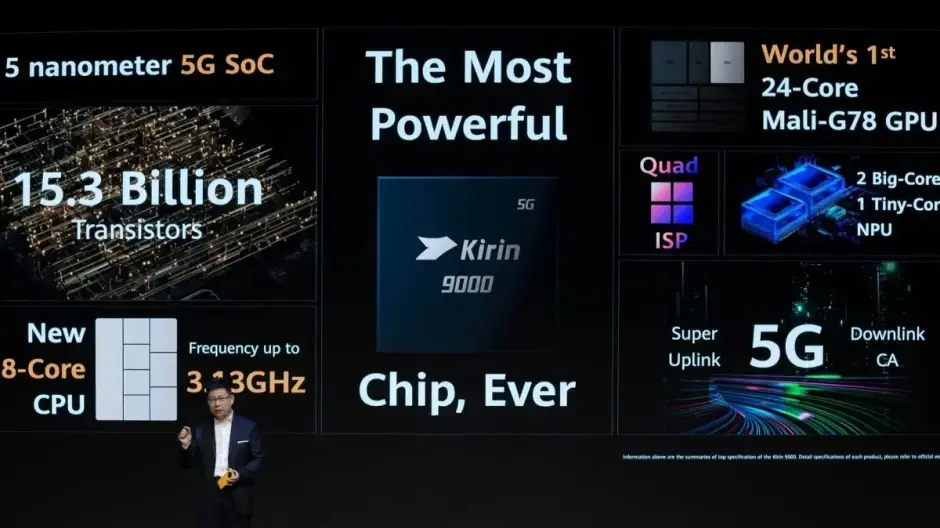Key Takeaways
1. SMIC has successfully produced 5nm chips using older DUV equipment instead of EUV lithography.
2. The technique employed is called Self-Aligned Quadruple Patterning (SAQP), which simulates EUV accuracy.
3. This achievement challenges the belief that EUV is essential for producing advanced chips below 7nm.
4. The production process is more time-consuming, error-prone, and costly but has resulted in functional 5nm-class chips.
5. The new chips are already integrated into devices like the Huawei Mate 60, outperforming competitors with features like satellite call capabilities.
In a significant development that could transform the worldwide semiconductor market, China’s Semiconductor Manufacturing International Corporation (SMIC) has seemingly succeeded in producing 5nm chips without relying on extreme ultraviolet (EUV) lithography.
Innovative Techniques Used
Instead, SMIC has employed older deep ultraviolet (DUV) equipment, combined with a complex technique called Self-Aligned Quadruple Patterning (SAQP). This achievement, highlighted in several tweets by semiconductor expert William Huo on X, represents not just a technological advance but also a bold message in the realm of geopolitics.
Overcoming Challenges
Traditionally, the industry has believed that EUV lithography, which is only available from the Dutch firm ASML, was essential for producing chips at 5nm and lower. With the limitations on EUV access imposed by the U.S. and its partners, many experts thought that China would be unable to progress beyond the 7nm level. However, SMIC has managed to forge ahead, using intensive DUV methods to extract every possible nanometer from their older equipment.
Results of the Breakthrough
According to Huo, this process involved layering several lithography and etching steps, particularly utilizing SAQP to simulate the accuracy of EUV. Although this technique is more time-consuming, prone to mistakes, and costly, it proves effective. The outcome? A functioning 5nm-class chip, which is reportedly already integrated into devices such as the Kirin 9000S-powered Huawei Mate 60, that notably outperformed the iPhone 15 by providing satellite call capabilities first.







